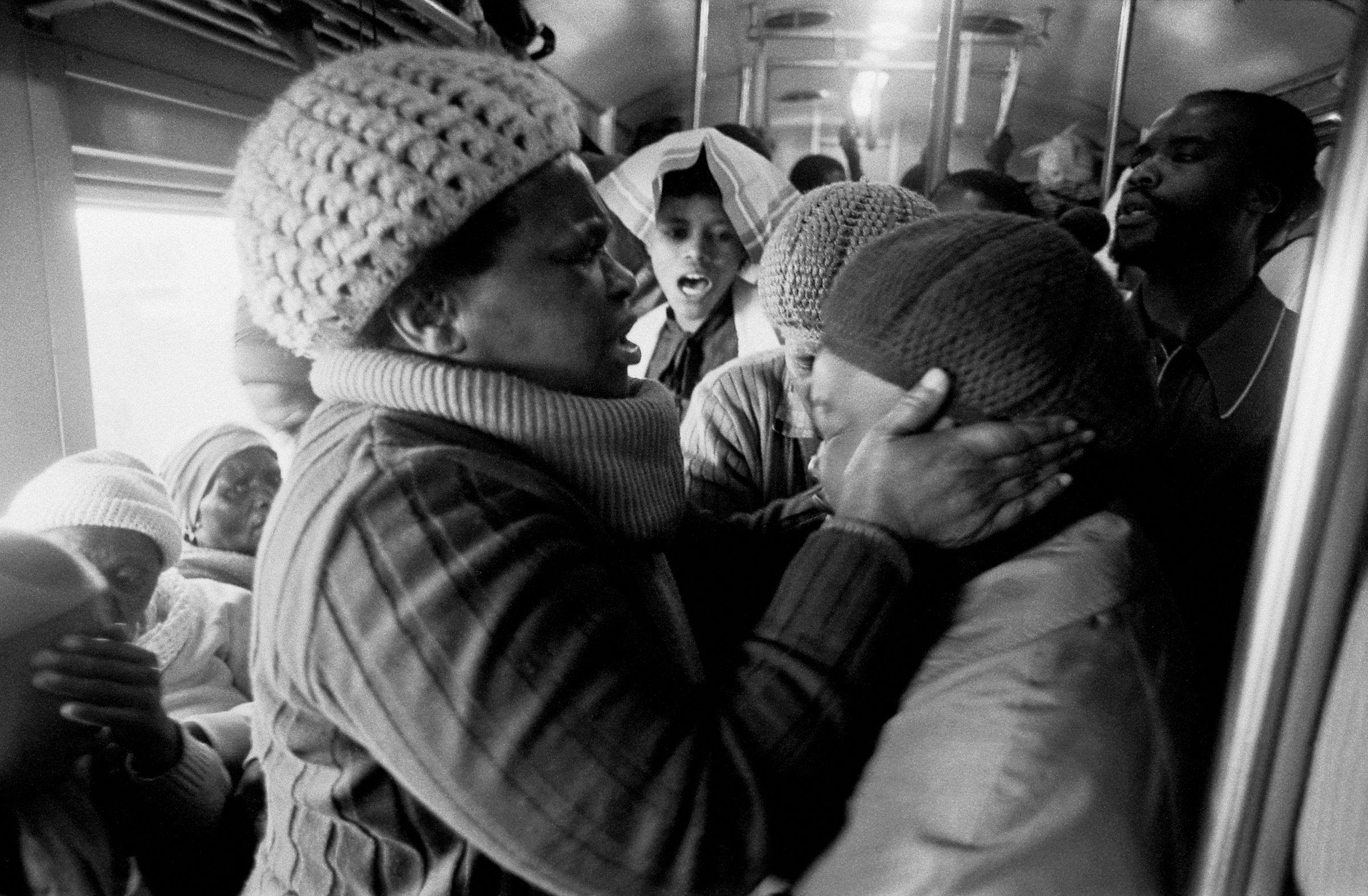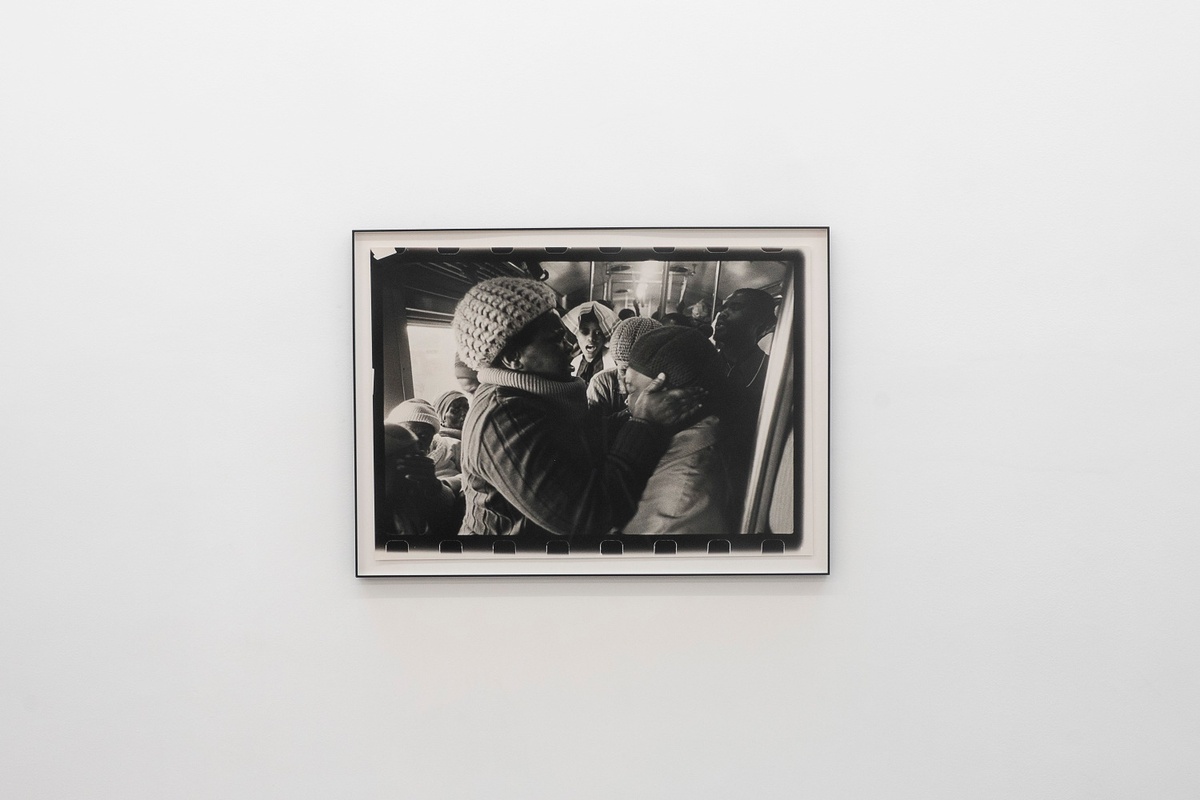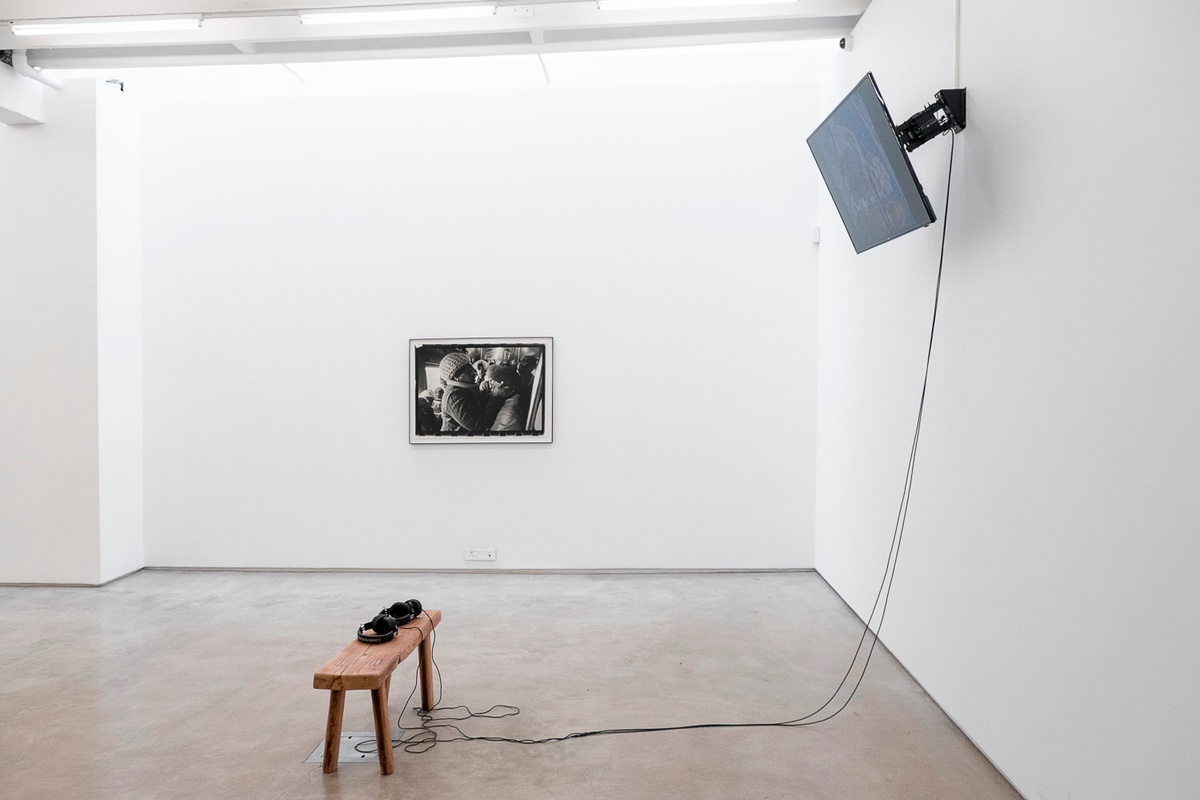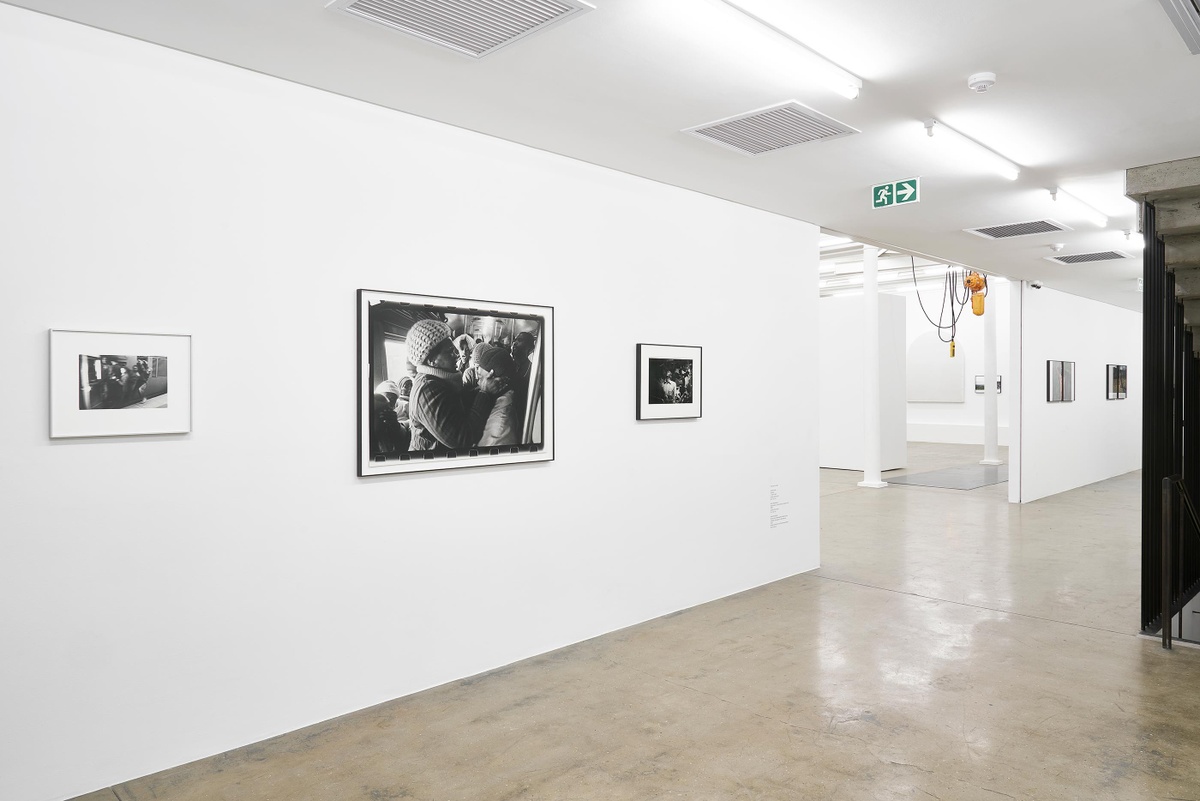Santu Mofokeng

b.1956, Soweto; d.2020, Johannesburg
“I am interested in the ambiguity of things,” the late photographer Santu Mofokeng wrote. “This comes not from a position of power, but of helplessness.” In many of his pictures, this ambiguity appears as a spreading opacity, a diaphanous pall of rising smoke, mist or dust. Mofokeng grew up, he wrote in his essay Caves, “on the threshing floor of faith…and while I feel reluctant to partake in this gossamer world, I can identify with it.” An agnostic observer attuned to the spiritual lives of others, the pervasive haze that softens so many of his pictures more often takes on a poetic significance. There is to all Mofokeng’s works a distinct quietude – the artist looking not to political drama but to life’s minutiae, those “things I ordinarily do or see.” The tumult of the times, Mofokeng believed, need not be made explicit in photographs. Rather, he suggested, “the violence is in the knowing,” latent in the very places and people he pictured. "His voice, his awareness of where he was in space and history, his ability to think around what he was doing,” Joshua Chuang said of the artist in conversation with Sean O'Toole at A4, “wasn’t predictable but open and raw and simultaneously hidden."



